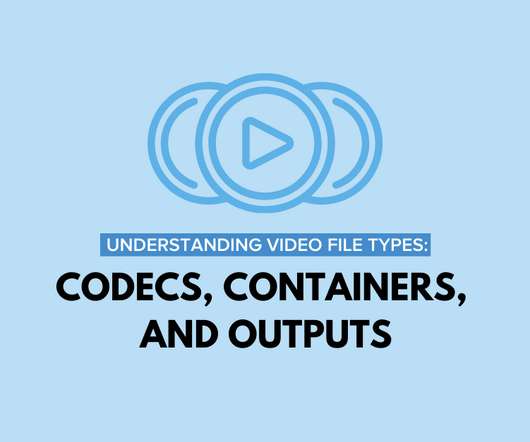Publishing Adobe Captivate Projects: SWF, HTML5, or Both?
The Logical Blog by IconLogic
OCTOBER 8, 2015
by Kevin Siegel If you attend our Adobe Captivate Beginner class , you will learn how to publish projects as SWF (for desktop users) and HTML5 (for mobile users). According to Adobe, the Flash Player is installed on the majority of the world's computers. Of course, SWFs have a problem.



















Let's personalize your content